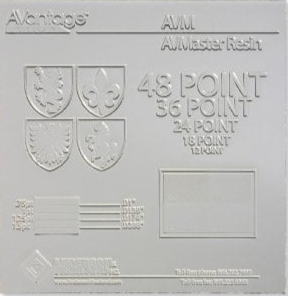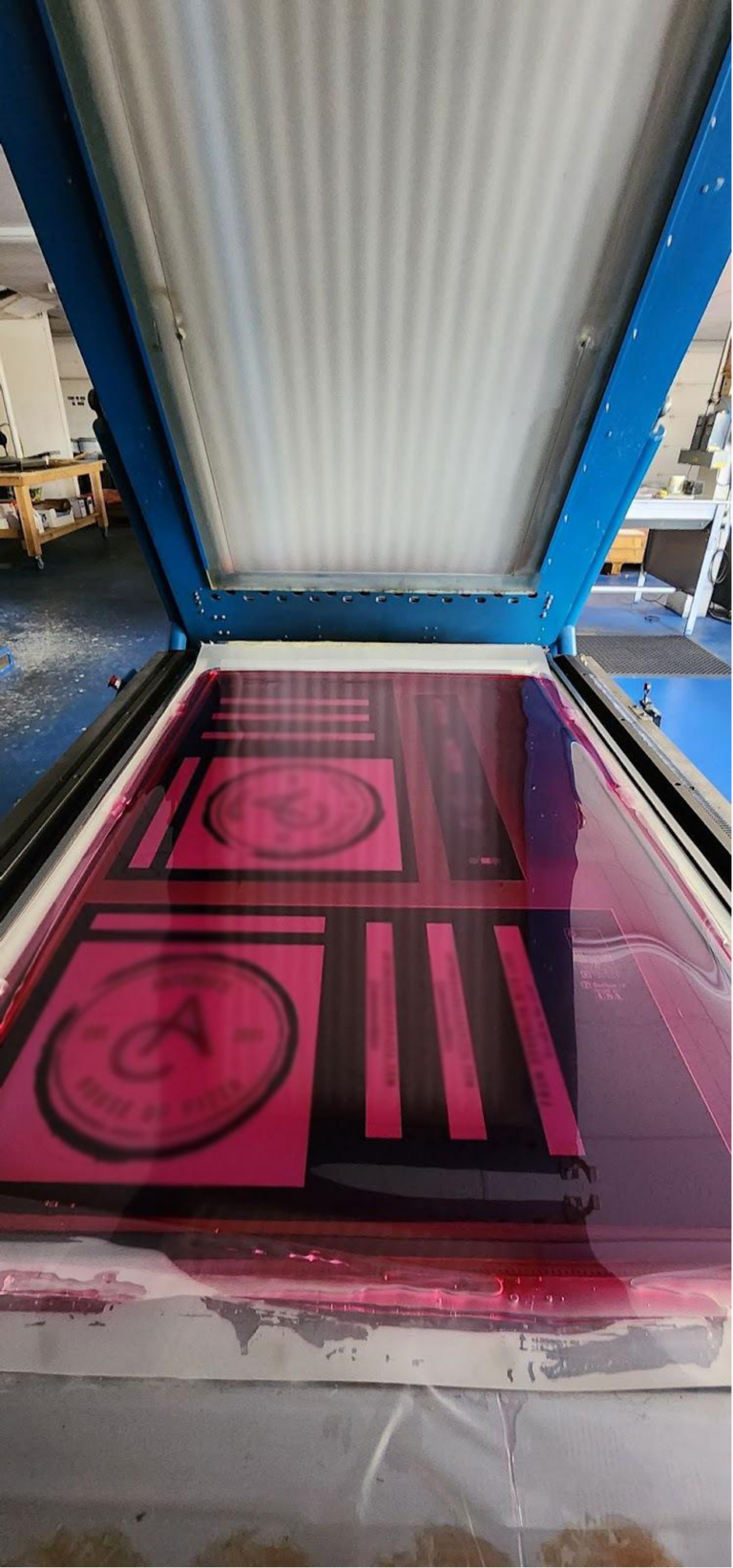Processing photopolymer plates requires a carefully controlled environment to ensure the best results. Anderson & Vreeland understands the importance of maintaining a clean and efficient plate processing room.
Liquid Photopolymer Plate Processing Room Specifications
In this blog, we will discuss the key specifications for creating an optimal working space for photopolymer plate processing.
Maintaining a Dust-Free Environment
To achieve the best results in plate processing, it is crucial to have a dust-free environment. Dust and other environmental pollutants can affect the quality of the plates and lead to production issues. Similar to film development, a low level of dust and chemical vapors is essential.
Ventilation and Safety
Proper ventilation is also important for the health and comfort of operators working in the processing room. Ensure that the room is properly ventilated to allow fresh air circulation. It is imperative to follow the safety recommendations provided in the instructions, labels, and Material Safety Data Sheets to protect both the individuals and the plates being processed.
Room Layout
The layout of your plate processing room should be designed for easy cleaning and maintenance. Minimize through traffic in the room and provide entrances and exits that connect to low dust environments. Furniture in the room should generate minimal particles and be easy to clean.
Lighting
Use lighting fixtures that minimize dust collection. Cover light sources, such as exposed windows and fluorescent lamps with UV filters. These clear plastic films are highly effective and can be used for many years. Investment in UV filters can easily be recouped through savings in plate replacement costs.
Temperature and Humidity
It is crucial to maintain the ideal temperature and humidity levels in the plate processing room. The recommended temperature range is between 70° and 75°F (21 and 24°C). The ideal relative humidity should be maintained between 55% and 65%.
Ceilings, Walls, and Floors
Ceilings should be made of smooth finish drywall or dust-free, non-flaking panels. To avoid dust collection, the walls should be painted with a smooth, low-glare finish. Avoid ledges, chair rails, or panels that can accumulate dust. The floors can be made of solvent-resistant tile, epoxy-sealed concrete, or rubber floor mats for easy cleaning.
Airflow
Proper airflow is essential in a plate processing room. Design the room to include multiple air ducts for ceiling inputs and cold air returns. These ducts should have high-efficiency filtration filters to prevent dust and other contaminants from entering the room.
Optimize Your Photopolymer Plate Processing Environment with Anderson & Vreeland
Anderson & Vreeland is dedicated to providing the highest quality solutions for photopolymer plate processing. By following these room specifications, you can create an optimal environment for processing photopolymer plates, leading to improved productivity and material savings. We are here to support you in every step of establishing the perfect plate processing room. Connect with us today to learn more about our products and services.
Unlock your printing potential with Anderson & Vreeland’s innovative solutions. Contact us for expert support.
Call us at (866) 282-7697


